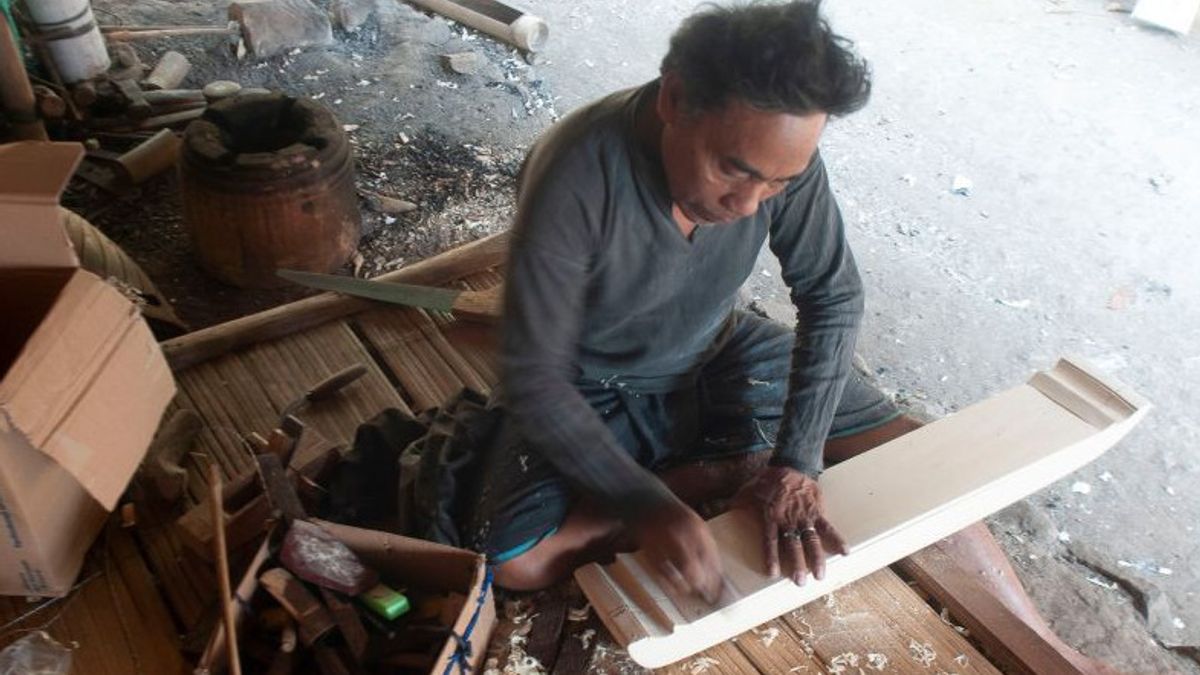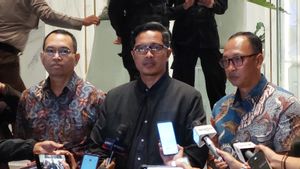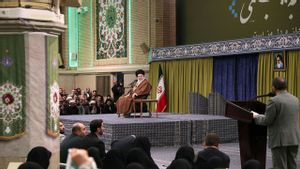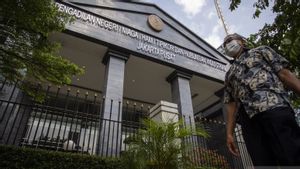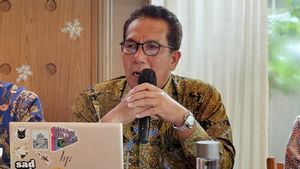BANTEN - One of the traditional Bedouin musical instruments that is rarely known to the public, Kecapi Buhun, has yet to enter as an Intangible Cultural Heritage (WBTB) by the government.
This was revealed by Nidu Paras Erlang, a researcher who received the 2023 cultural conservation facilitation program (FPK) to document the creation of Buhun Badui Capi from the Cultural Preservation Center (BPK) Region VIII DKI Jakarta and Banten.
"In 2018, the Lebak Regency Government actually created a Regional Cultural Mind Principle (PPKD) but did not list Buhun's Capi as an object of cultural promotion (OPK) and failed to identify the presence of the cooperative," he said in Rangkasbitung, Lebak Regency, Banten, Thursday, October 5, confiscated by Antara.
He said, the existence of Buhun's corpse is very few who know compared to Angklung Buhun, because these musical instruments are usually played when there are certain traditional Bedouin rituals and cannot be displayed on stage.
Buhun Badui's cap also has significant characteristics and differences compared to otherDANS in general such as Degung's pocket, and Cianjuran.
"For Kecapi Buhun itself, it has a small size and can be brought while playing it, and it has only nine to 12 strings, and cannot be accompanied by various other traditional musical instruments," he said.
Because what can accompany Kecapi Buhun can only be done with the ancient Badui Pantun, which is also usually done by some Bedouin people and collected during rituals or only used when they want to date Bedouin women.
He hopes that Kecapi Buhun can soon be used as a WBTB at the Ministry of Education and Culture (Kemendikbud).
"If it has been used as an Intangible Cultural Heritage, the local government has an obligation to preserve it not only in itself but also in its makers, so that the traditional musical instruments of Kanekes residents can be known to the world," he said.
اقرأ أيضا:
Meanwhile, Amin (64), who serves as Ki Pantun of the Bedouin Tribe, who is the maker and musician of the Badui traditional music, said that the current Kecapi Buhun craftsmen he knows are only himself.
Although he revealed that there are some people who can make them, namely their descendants, the voices produced are still melodious.
"Nada Kecapi Buhun is different from the rest of the corpse, because here it does not have a certain level of tone or not, and only uses feelings," he said.
In making Kecapi Buhun only uses simple manual tools, and wood-like manufacturing materials are obtained in the interior of the Bedouin forest.
However, in each of its manufactures, he revealed that there were rituals and certain readings of the steps it made, and that had been done by the ancestors of the Bedouin to be passed on to him.
The English, Chinese, Japanese, Arabic, and French versions are automatically generated by the AI. So there may still be inaccuracies in translating, please always see Indonesian as our main language. (system supported by DigitalSiber.id)
